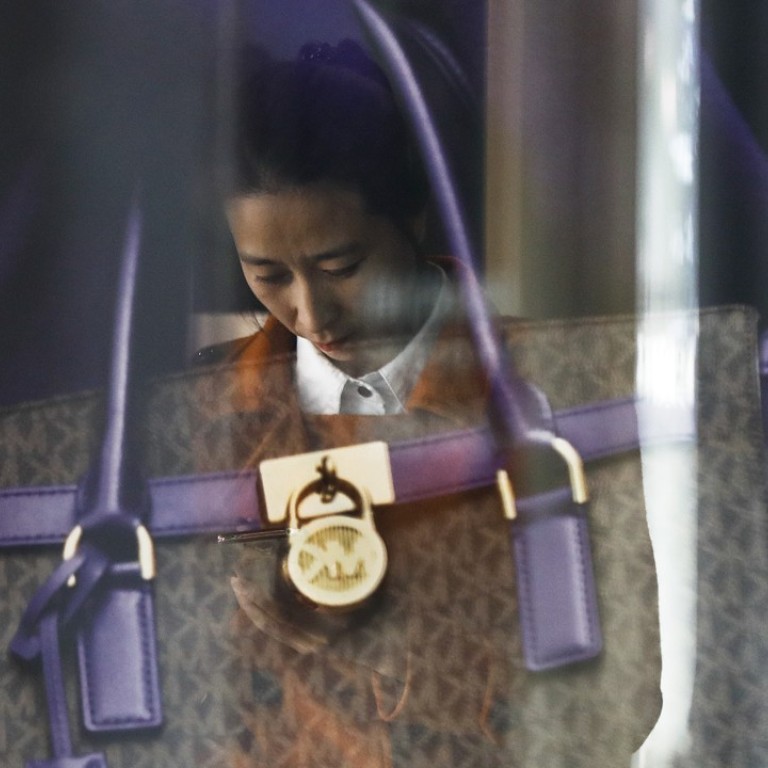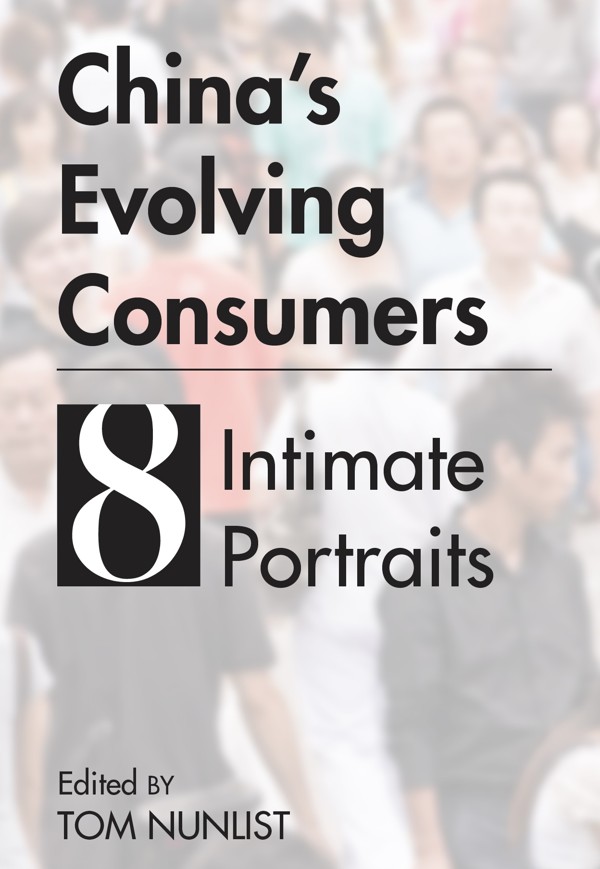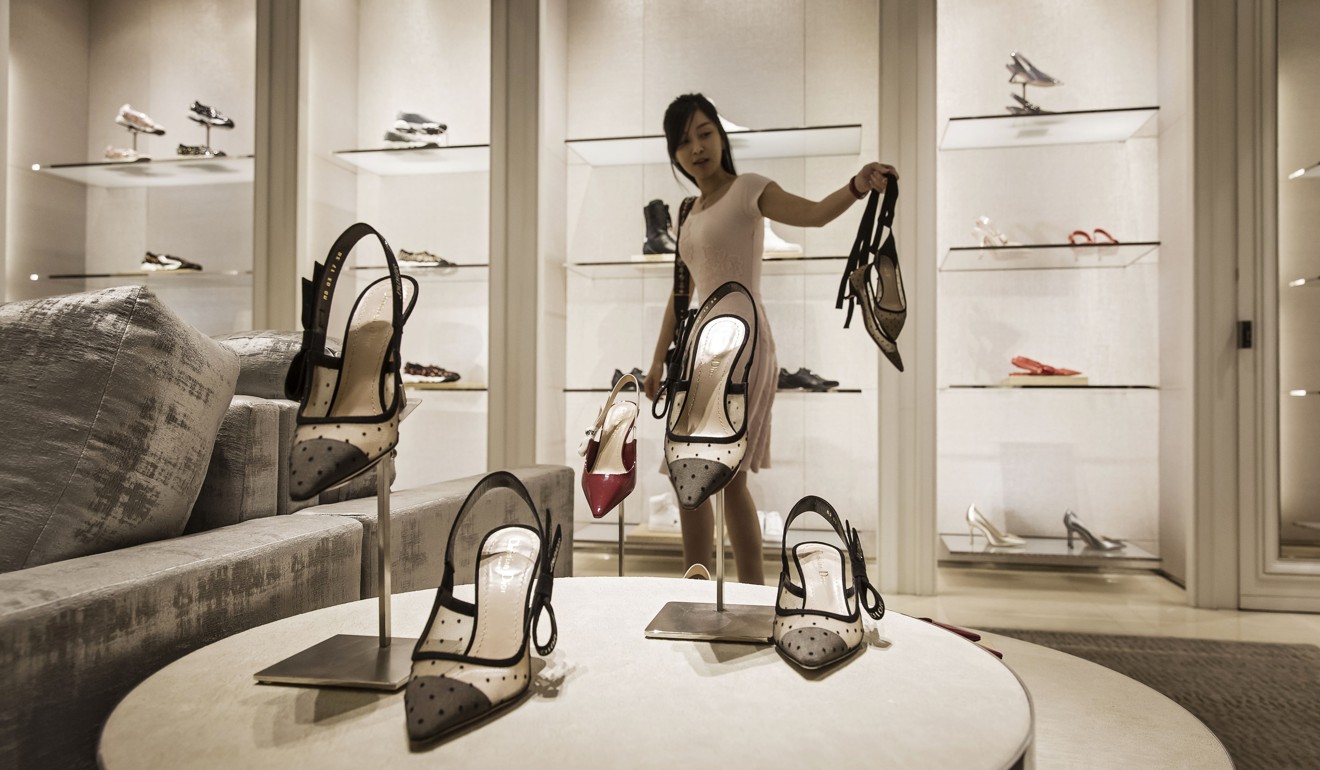
Review | How do Chinese consumers spend? From millennials to nouveau riche, evolving habits explored in new book
China’s Evolving Consumers: 8 Intimate Portraits offers insights for marketers and business owners to identify the various types of consumers in the Chinese market and take a walk in their shoes
China’s Evolving Consumers: 8 Intimate Portraits
edited by Tom Nunlist
Earnshaw Books
Since the 1980s, China has risen from 10th to second in the global GDP rankings. The resulting improvement in living standards and greater spending by Chinese consumers has proven a tremendous opportunity for brands both local and global. The country’s own citizens, though, have sometimes struggled to keep up with the pace.
But who are Chinese consumers? What are their lives like and what are they looking for? These are questions China’s Evolving Consumers attempts to answer by lifting the lid on other aspects of their lives.

The “8 Intimate Portraits” of the subtitle are vivid descriptions of types of modern Chinese city dwellers, written by co-authors of various backgrounds: Chinese nationals, foreigners, academics and market researchers. The chapter subjects are as diverse as the contributors and provide the different perspectives needed to put together the puzzle of urban residents’ purchasing patterns. The book offers insights for marketers entering or exploring China for the first time as well as for those who want a better understanding of the average Chinese urbanite.
The history of sex in China: concubines, penis size, crimes of passion
The first chapter, “Wealthy and Evolving, Tuhao”, explores the tuhao phenomenon: those who gained wealth in a short time, particularly during the early days of market reform and often by sheer luck or suspect means. The term tuhao is derogatory and refers to people who purchase luxury items but have more money than taste. Thrust into their new status, many opted for ostentatious and tacky displays of wealth that involved well-known international brands as a visible signal to others of their “class”.

This chapter is particularly relevant to luxury brands. Contributor Sacha Cody notes that tuhao consumers are often originally from lower social classes and live outside China’s first-tier cities; their wealth is in large part due to entrepreneurial opportunities that arose from Deng Xiaoping’s economic reforms in the late 1970s and early ’80s. Their conspicuous displays of consumption are influenced by these factors; tuhao individuals are proud to display their wealth and are impervious to criticism.
Is this a form of insecurity or a lack of real satisfaction? Are these displays just attempts to grab attention and spur envy in others? This chapter helps the reader better understand the world of these complicated consumers.
Ashok Sethi’s chapter, “Young, Urban Couples”, discusses Chinese millennials who, more educated and open-minded compared to previous generations, show strong similarities to those in other countries. These couples value quality and are willing to spend, yet still retain traditional principles of duty, hard work and respect for their elders. They particularly value education as the gateway to a successful career.

The young couple cited in the chapter, Li Qiang and Wang Li, show modernity in the way their intensive consumption is focused on investing in their daughter. Li Qiang “shepherds her daughter from piano classes to English classes” daily while staying alert to any new products or services that could help her daughter’s intellectual and physical development and give her a competitive edge.
Few publications have got to both the heart and the nuances of the real issues facing successful single women in China. In her chapter, Annie Fang explores the social, cultural and emotional factors in the lives of these women, as well as the pressures they face in a modern, yet traditional, society.
Brands should market with messages of empowerment and inspiration as they support [successful single career women] to continue doing what they’re doing
From early childhood, the competitive drive of these women has been fostered by the country’s one-child policy, parental expectations and a traditional education system that focused on memorisation, achievement and constantly measured progress. Angela, the pseudonym of a typical “post-’80s” woman born to factory workers in Shanghai, is one of two women profiled in detail in this chapter. Angela’s story reveals how this environment led her to success, but also to an inability to nurture and sustain relationships, resulting in multiple break-ups and affecting her standards for the men in her life.
Angela is only impressed if a man is more successful than her, ideally being in corporate upper management or a CEO. She must deal with societal contradictions and double standards, such as prizing success and career while attaching negative labels to successful career women, which also contributes to her anxieties and concerns.
This newly emerging segment of the market has sophisticated demands and is becoming a powerful intellectual force in society. Readers may realise that brands should market with messages of empowerment and inspiration as they support these women to continue doing what they’re doing.
South China Sea scholars on the history, politics and law of disputes
One successful campaign cited in the book did exactly that. Lancôme launched a campaign featuring a well-known TV character that many successful single women already identify with. The campaign not only showed her vulnerable side, but also that she did not have to hide it and that it could be used as a source of strength.
These selections, however, give only a partial view of the book. There are a total of nine contributions from 10 authors, including an overview by editor Tom Nunlist. The book’s minor drawbacks – an unevenness of tone and a somewhat different approach from chapter to chapter – result from this structure.
China’s Evolving Consumers is one of the most comprehensive recent publications on the subject of Chinese consumers. Marketers and business owners can use its insights to identify the various types of consumers in the Chinese market and walk in their shoes.
Asian Review of Books

